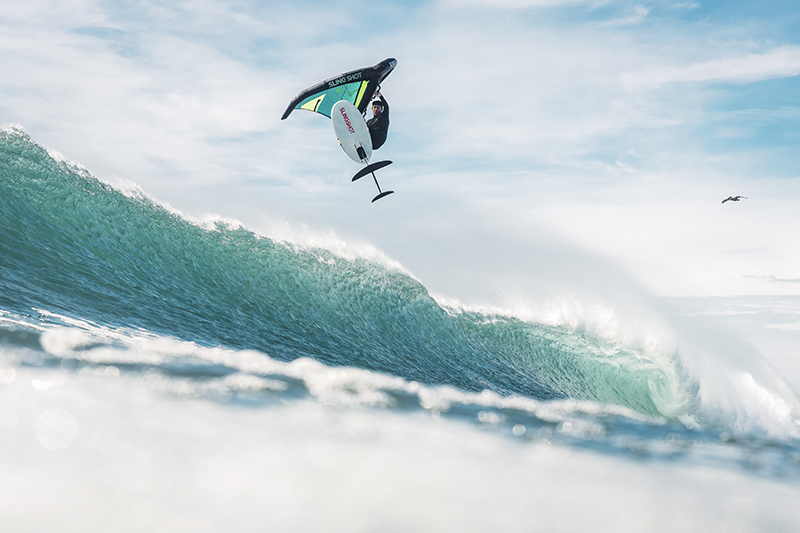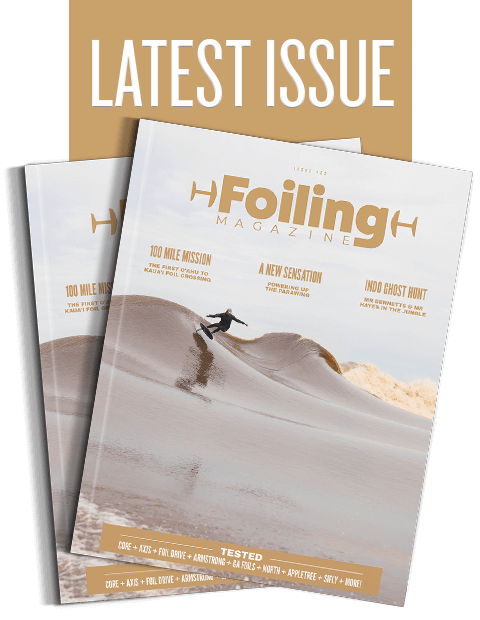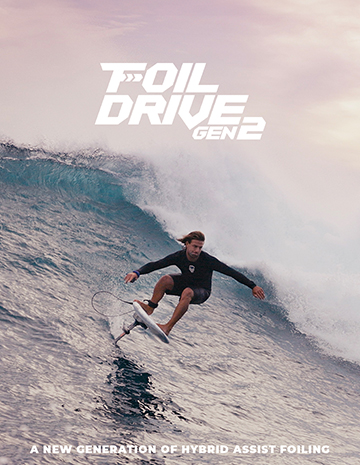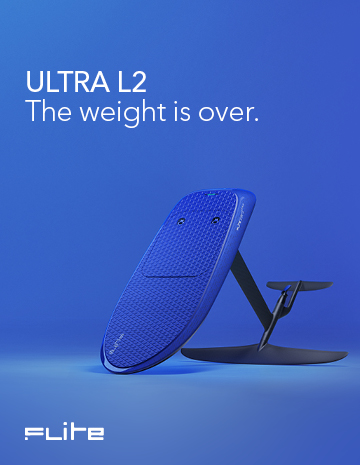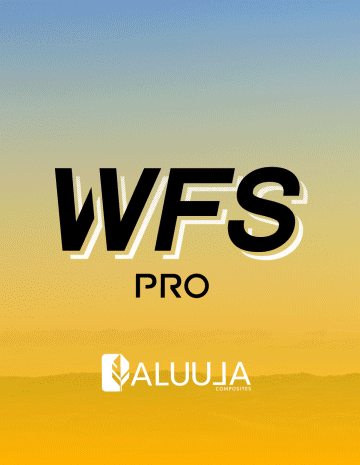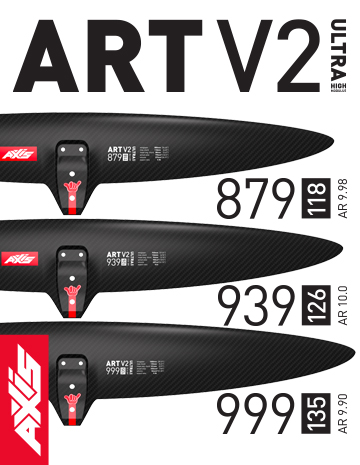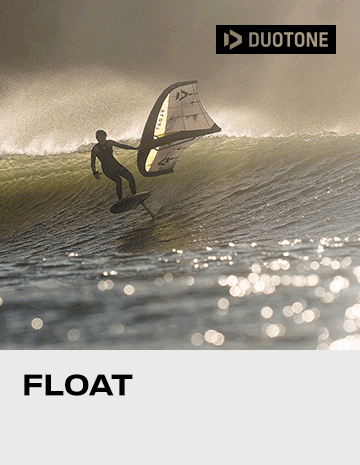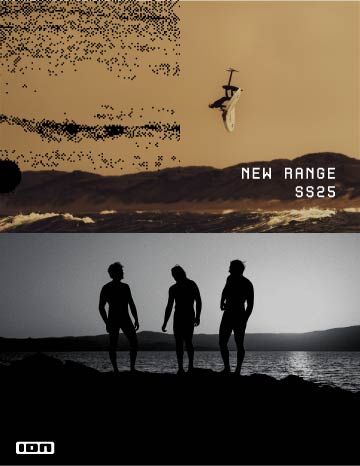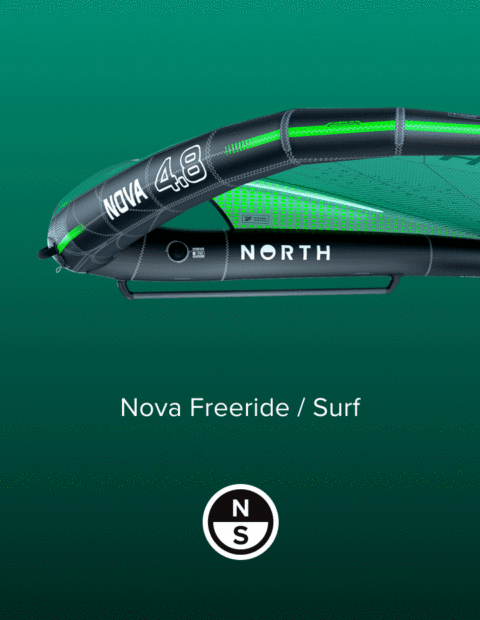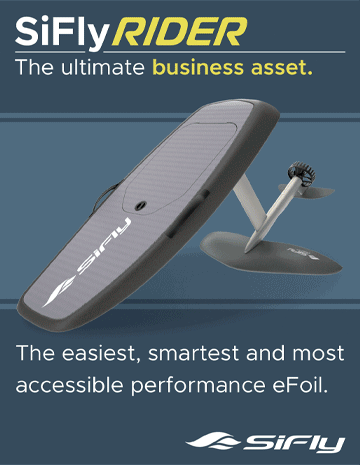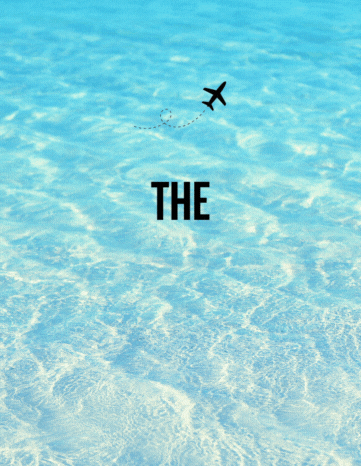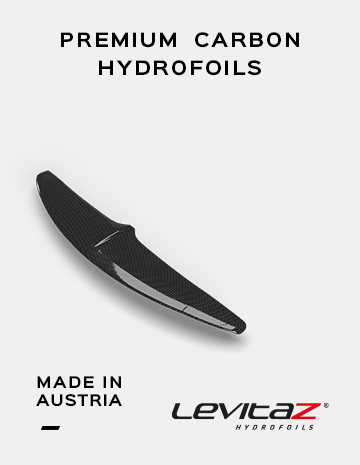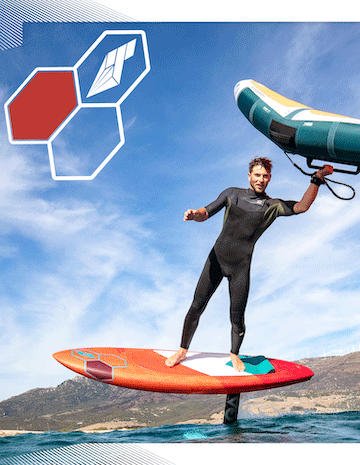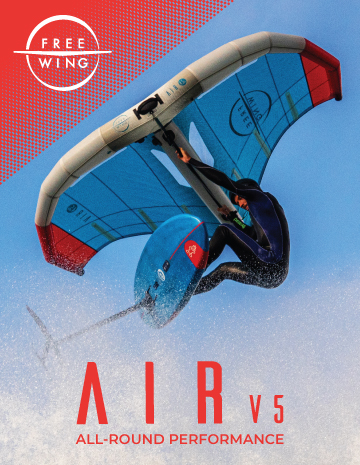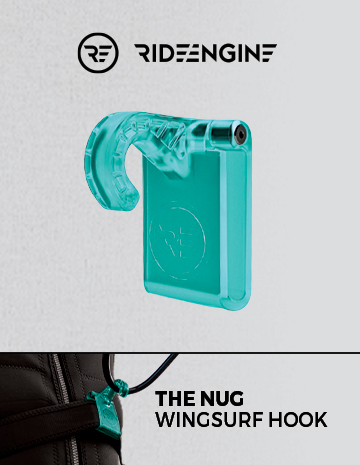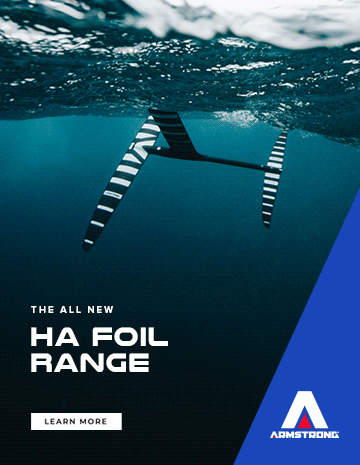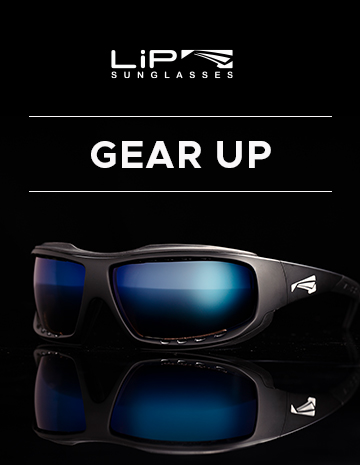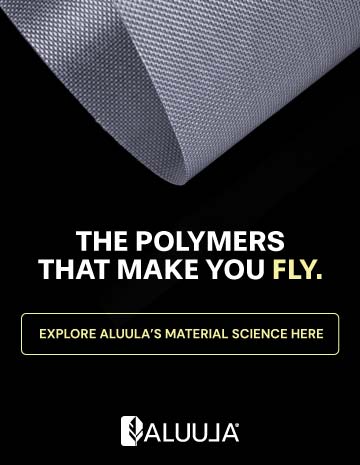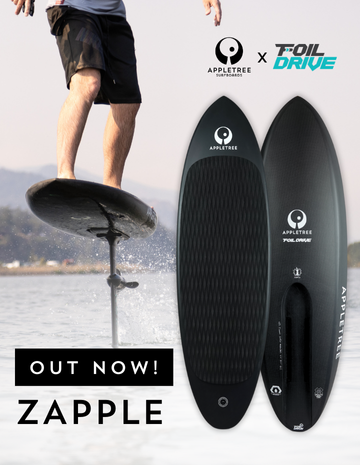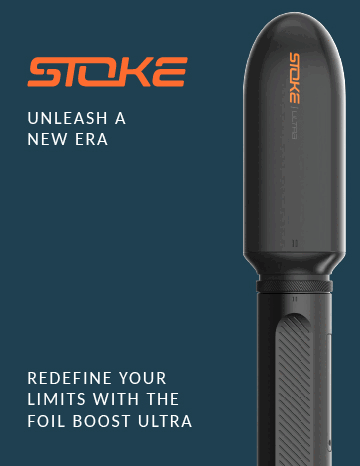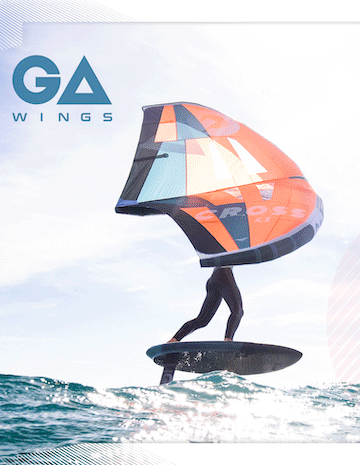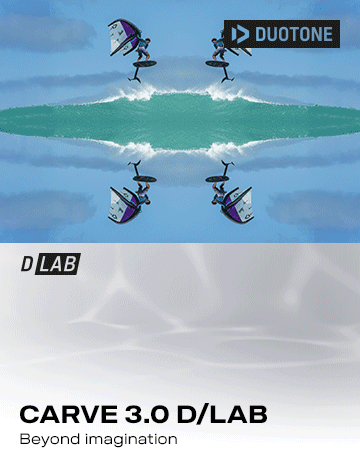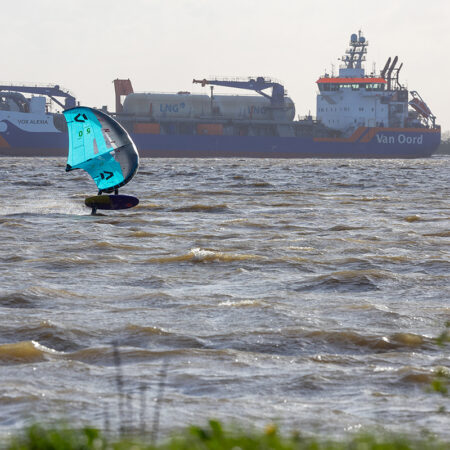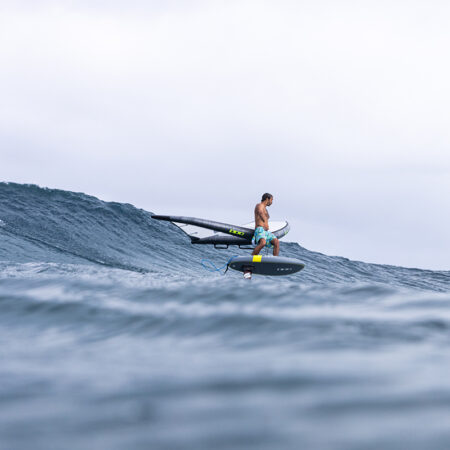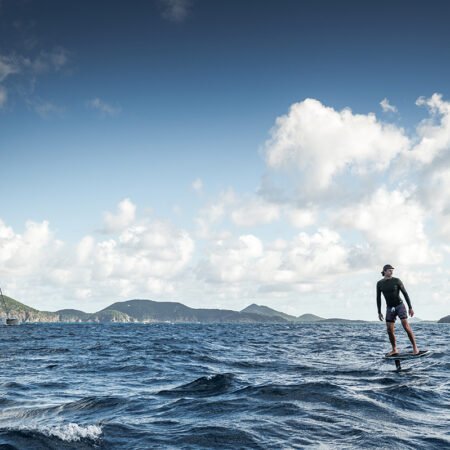Outer Banks: South to the El Norte
Brandon Scheid’s job allows him the luxury of taking his work where conditions best allow. And in the winter, that happens to be Baja. When notified of a good-looking swell looming over the horizon, Brandon gathered the crew and a bunch of gear and off they set for the desert… to “work”.
Words: Brandon Scheid
Photos: Eric Duran
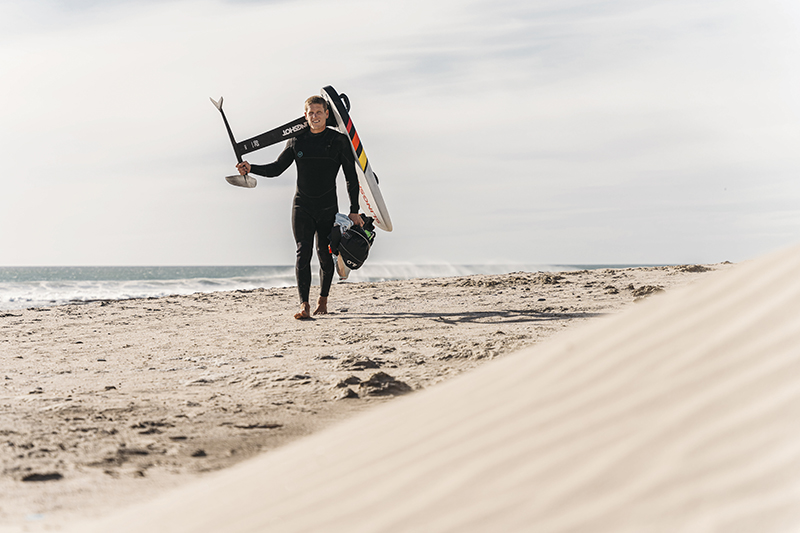
Working in the R&D department at Slingshot offers some very intriguing perks. One such perk is the ability to work off site in the winter months, as our base of operations in Hood River goes into the snow-globe and testing opportunities slow down. There seems to be no easier place to get this work done than Southern Baja. Not only is the living rather affordable, but the conditions are also pretty much all time for wingfoiling. The daily El Norte winds blow from mid-November to March and bring in plenty of wind and swell to the Sea of Cortez, making for consistent, rideable conditions perfect for the job of testing. Not only does the wind blow regularly on the Sea of Cortez side, but there is also ample opportunity to push into the unknown on the Pacific side, chasing ground swell and wind. Long drives down meandering dirt roads with only a destination in mind, head full of daydreams of long clean green walls. These are the hallmarks of a good Baja swell chase, and it’s something I look forward to getting into every winter with my good friends.
Wyatt Miller, Slingshot’s Wing Brand Manager, and Bryan Metcalf-Perez have been windsurfing in Baja for over 20 years and have a plethora of experience chasing world class conditions all over the rugged peninsula. When that magic text comes through “massive swell, offshore wind, we’re loading the skis… get ready” you have only one choice – buckle up for one hell of an adventure.
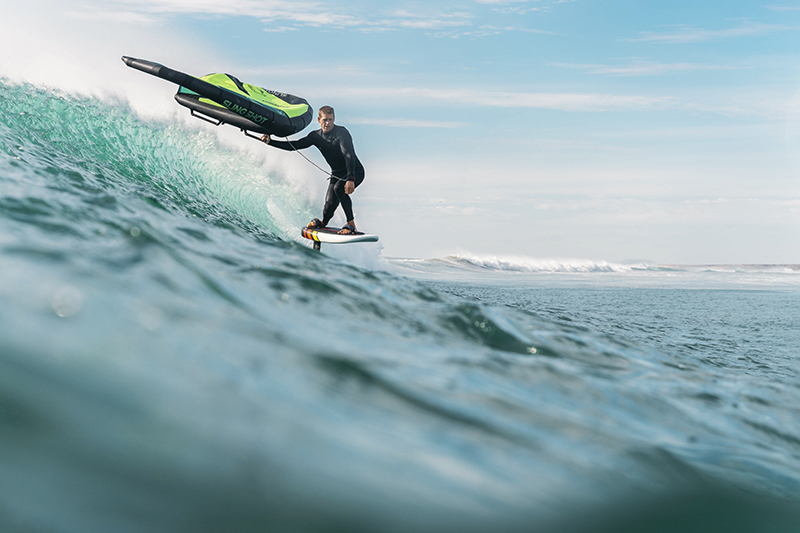
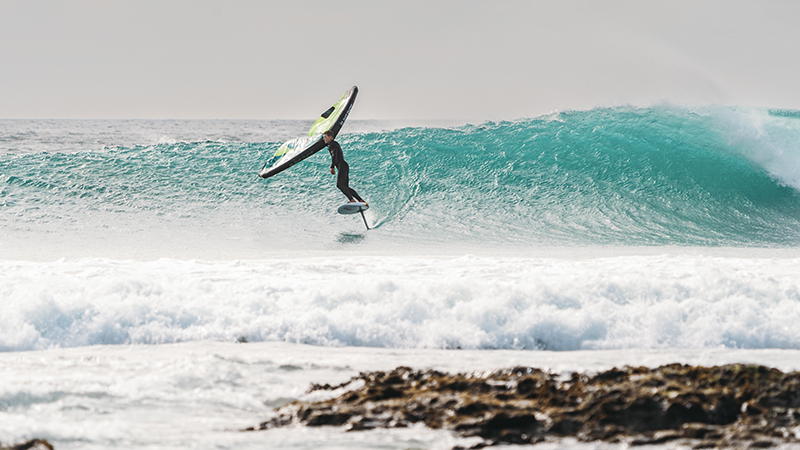
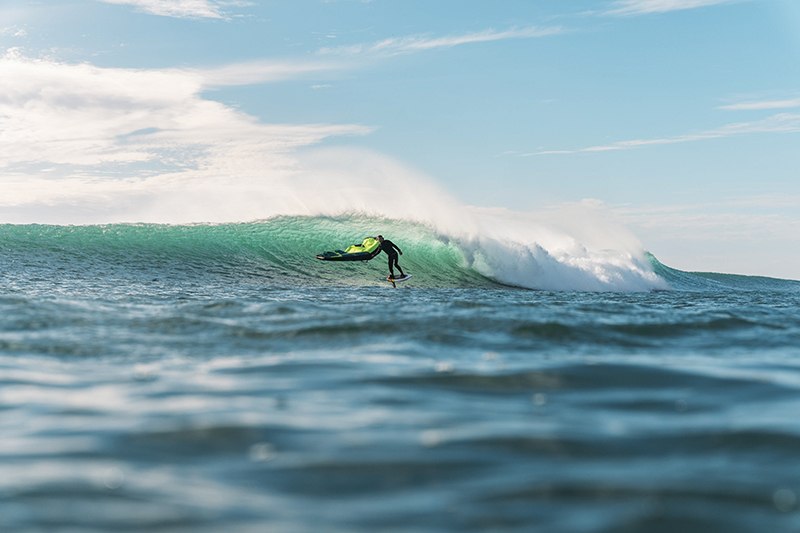
As any good swell chaser will tell you, no amount of forecasting can really pin down those optimum conditions. The only way to know is to go! So that’s exactly what we did – after loading up the ski, packing the rigs, gathering food, water, camping supplies for three days, fuel, and all the wings and foils – we took off into the desert. Like any world class surf break, the details and exact location are often vague. Just a brief description of the small sign on the highway that marks the start of the one-and-a-half hour winding drive down the washboard road to the campsite.
Upon arrival to our new off-grid home, we setup camp and then started scouting the coast with the drone to find a sheltered spot to put the ski in the water. This particular swell event was to be accompanied with strong El Norte winds, which happen to be almost straight offshore. While this wind direction would ensure that the wave faces remained clean, they presented an obvious water safety issue that could only be controlled by having a PWC in the lineup. Honestly, we weren’t even sure if it would be possible to ride in such offshore conditions. The stronger and more offshore the wind gets, the harder it is to stay in the pocket of the wave. The wing actually starts to act like a big anchor, sapping your speed as you try to punch down the line, straight upwind. The stronger and more offshore the wind, the bigger the waves actually need to be.
We arrived the night before the full run of swell to ensure we could get the logistics dialed before go time. We managed to find a sheltered rocky beach with an acceptable ski launch and we took the rest of the evening off to surf and get a feel for the energy in the water. After what seemed like hours of restless sleep, I awoke with the first rays of light. With sleepy eyes I peered out over the line-up, and could not believe what I saw…
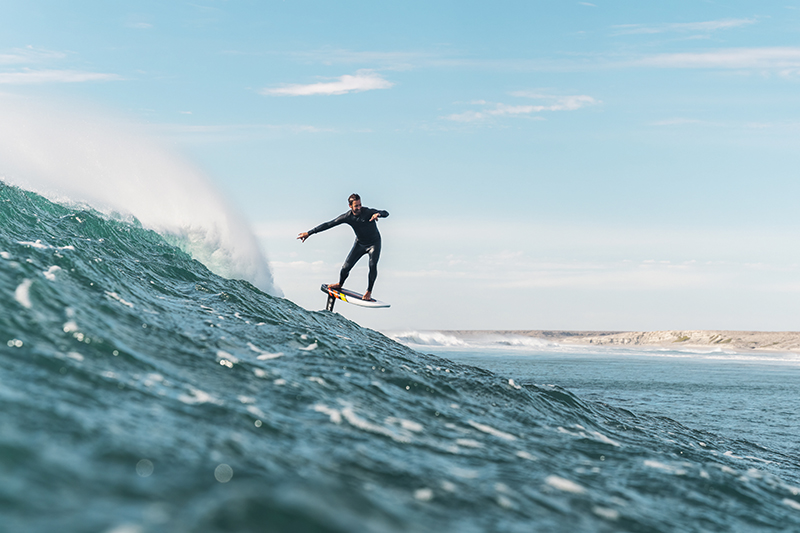
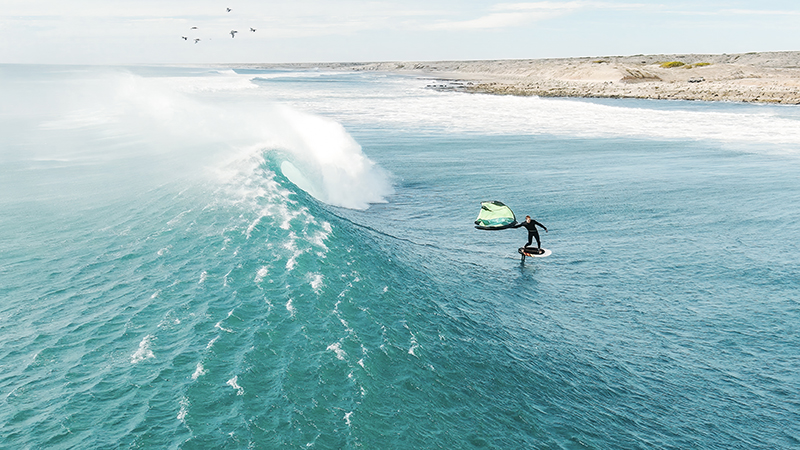
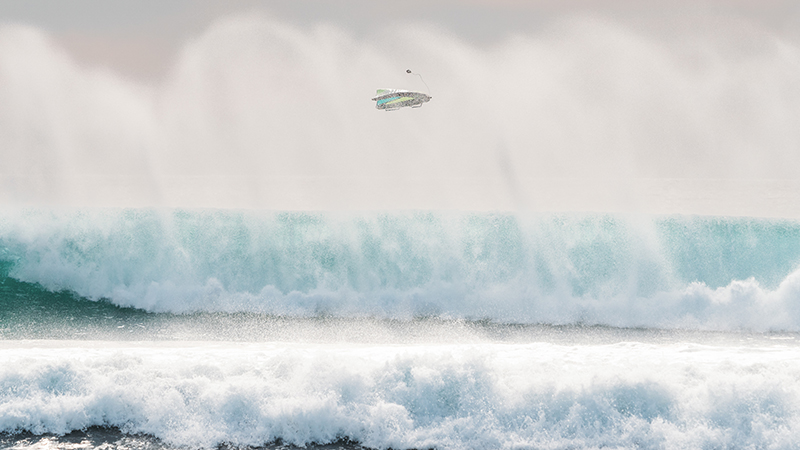
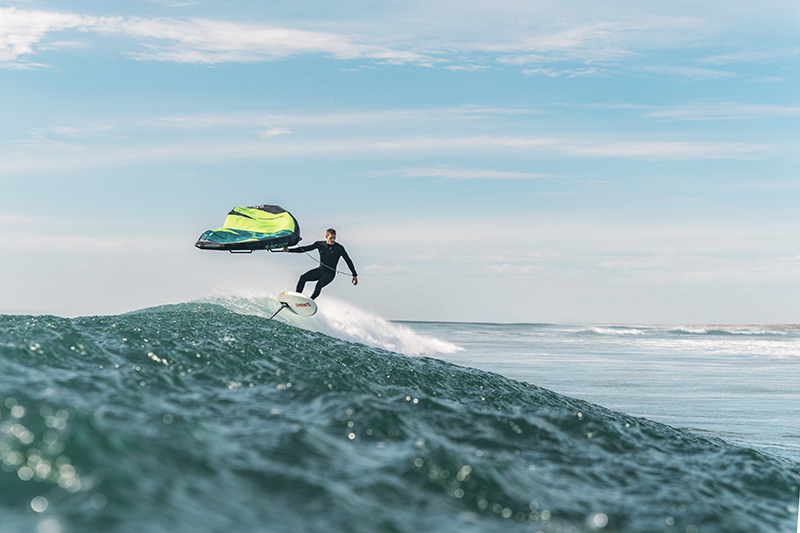
Perfect eight-foot sets rolling into the reef, clean as a whistle. It would take some time for the offshore winds to get cranking, so we set about getting the ski in the water. What was a sheltered and calm beach the night before was transformed overnight from the rising swell. It actually took us several tries to get the ski through the line-up, and we were quite happy once we had the PWC anchored safely on the outside. Task accomplished, we hastily made a quick camp breakfast and went over the gear checklist for the day’s adventures. We would bring the wings on the ski with the driver, while two riders were towed with the foils up the beach to the break. Simultaneously, Eric Duran, our photographer, would take the quad over land to get in position for the long lens shooting. As the swell was already firing, we quickly got in the water and got up the beach so we could start tow foiling at the wave. This allowed us to get a feel for the water conditions and help get an idea of the line-up for shooting. It wasn’t long until all three of us (Wyatt, Bryan, and I) were fully tow foil drunk. A few quality waves with your friends in the middle of nowhere sure has an intoxicating effect.
While I was having one of the most memorable sessions of my life, getting put on wave after wave, Bryan got the great idea of pumping up a wing. He figured he would tow into a wave with the wing in hand and see if we could start getting winging shots knocked off. I laughed as Bryan struggled to manage everything during the water start, I was thinking why bother with the wing when the tow foiling is so good. However, the moment Bryan kicked out of his first wave and kept winging and picked off another set, I was racing to get a wing pumped up too…
Keep in mind the wind at this point is literally straight offshore. However, with the acceleration of the wind up the face of the waves, there were large pockets of rideable wind. You simply had to keep pumping and linking gusts together as you winged downwind, back out to the top of the point. Then you could simply upwind tack straight into the pocket and ride the wave back upwind. After several linked waves, I could not believe it was working so well. I was aghast, the kind of stupefied where you just cannot believe what is happening is actually happening. I never would have believed that this angle of wind was possible to ride in, and that we had a world class wave all to ourselves. Truly these were “pinch me, I’m dreaming” conditions.
We spent the next two days scoring some of the best conditions with our wing foil setups until we – literally – broke all our wings. I am happy that our bodies survived unscathed for the most part and we did not put the ski in any heavy water situations. That is a huge win when the nearest hospital or mechanic is hours away. I could not have imagined that such a session would be possible, and it's thanks in part to the wingfoiling gear. Its ability to take more wind angle, have built-in water safety (larger volume boards), and the efficiency of the foil make adventures into the unknown more reliable. Thanks to that, I get to have this amazing memory burned into my mind.


